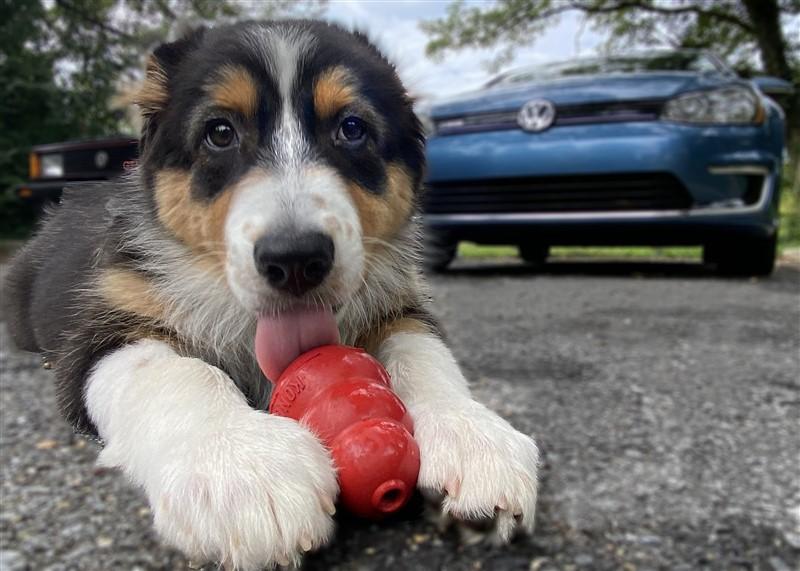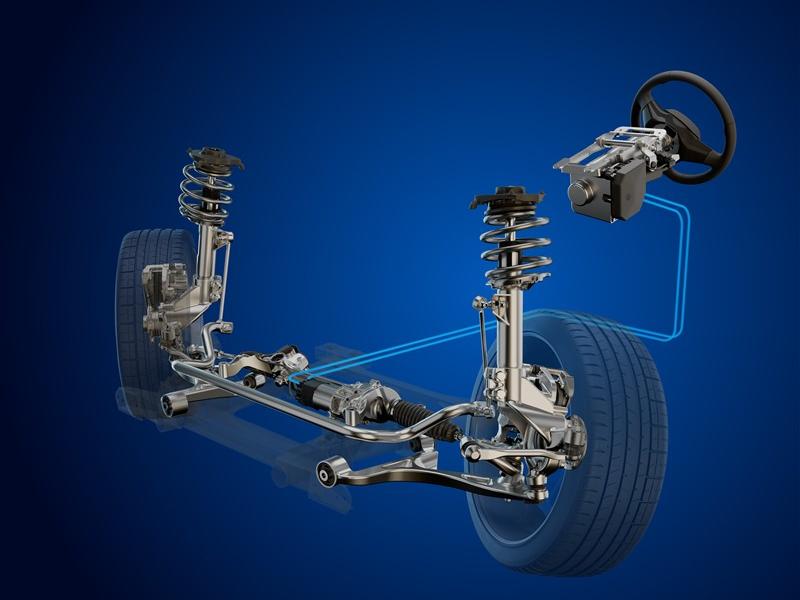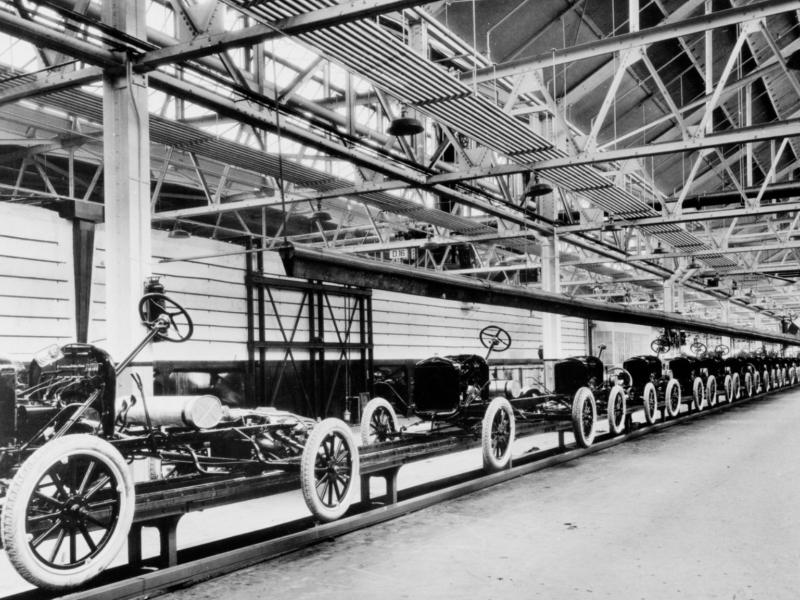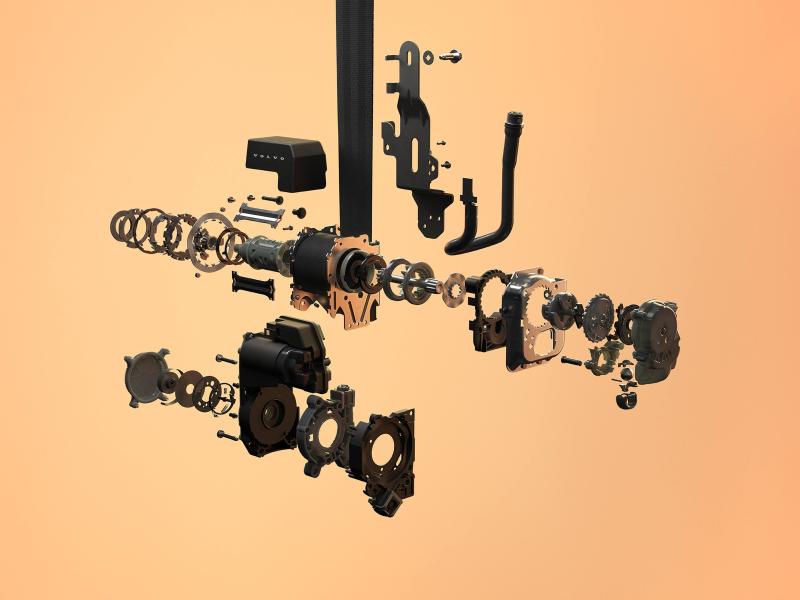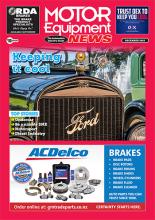If you are among the millions of American households who adopted a dog during the past 12 months, you’re likely familiar with the KONG toy, a hollow, rugged rubber cone that can be filled with treats. It seems like a perfect shape for chewing – but that wasn’t its first purpose.
In 1970, KONG inventor Joe Markham owned an auto repair shop in downtown Denver that was prone to burglary. “It wasn’t a great area at the time,” says company president K.D. Decker.
Frustrated, the 25-year-old auto mechanic turned to the police, requesting more patrols in the area, but his request was denied due to budget cuts. The officers at his local precinct recommended an alternative: Get a guard dog.
Coincidentally, Markham knew of a pup that needed a home and could be had for free. Fritz, a lovable German Shepard, had just flunked out of the police academy’s canine division for “excessive chewing.”
A dog lover, Markham jumped at the chance to rescue a fine animal that would also deliver a security system to his shop.
Markham never regretted his decision to adopt Fritz, but soon after adopting him discovered the scope of the dog’s chewing addiction. “Fritz would chew on anything he found, but he especially liked rocks,” says Decker. As a result, he was grinding away his teeth. Markham tried everything from animal bones to radiator hoses attempting to curb the dog’s behaviour.
Nothing worked; Fritz tore everything up and went back to rocks.
“Joe turned to veterinarians and other dog behaviour experts to try to take care of the problem,” says Decker. “He hit dead ends at every turn.”
Then one day, while working on a customer’s late 1960s Volkswagen Type 2 Bus, Markham heard Fritz going crazy. With the vehicle’s suspension in a state of disassembly, the chew-crazy canine had gotten hold of a bulbous rubber axle stop that had rolled away from the parts pile¹. And he wasn’t tearing it up.
The pliable yet tough nature of the rubber and its shape made the stop ideal for a dog like Fritz – strong enough to survive under his powerful bite, yet soft enough not to damage his teeth. It made Markham think: “This would be a good dog toy.”
Markham spent the next six years experimenting with the rubber composition, size, and shape of the toy. He even contacted Volkswagen to buy the parts in bulk but couldn’t reach the right person. So, he turned to rubber experts in Germany to finalise the right chemistry and composition. “He wanted to be associated with German build quality and engineering,” says Decker.
Markham settled on a design very similar to the axle stop. It had a rounder, closed top that made it bounce more like an animal trying to escape a predator. “Dogs love that,” says Decker.
Markham started selling the snowman-shaped KONG in 1976. It was an instant hit, and today millions of KONG toys have found homes with dogs around the world – thanks to one dog who just wouldn’t stop chewing on part of a Volkswagen.
¹Disclaimer: Vehicle parts and fluids can be toxic and hazardous to animals. Never allow parts or fluids to be ingested or used as a toy.
The Volkswagen rubber axle stop that inspired the KONG toy’s shape
The Volkswagen rubber axle stop that inspired the KONG toy’s shape
OEM
Tuesday, 08 February 2022


